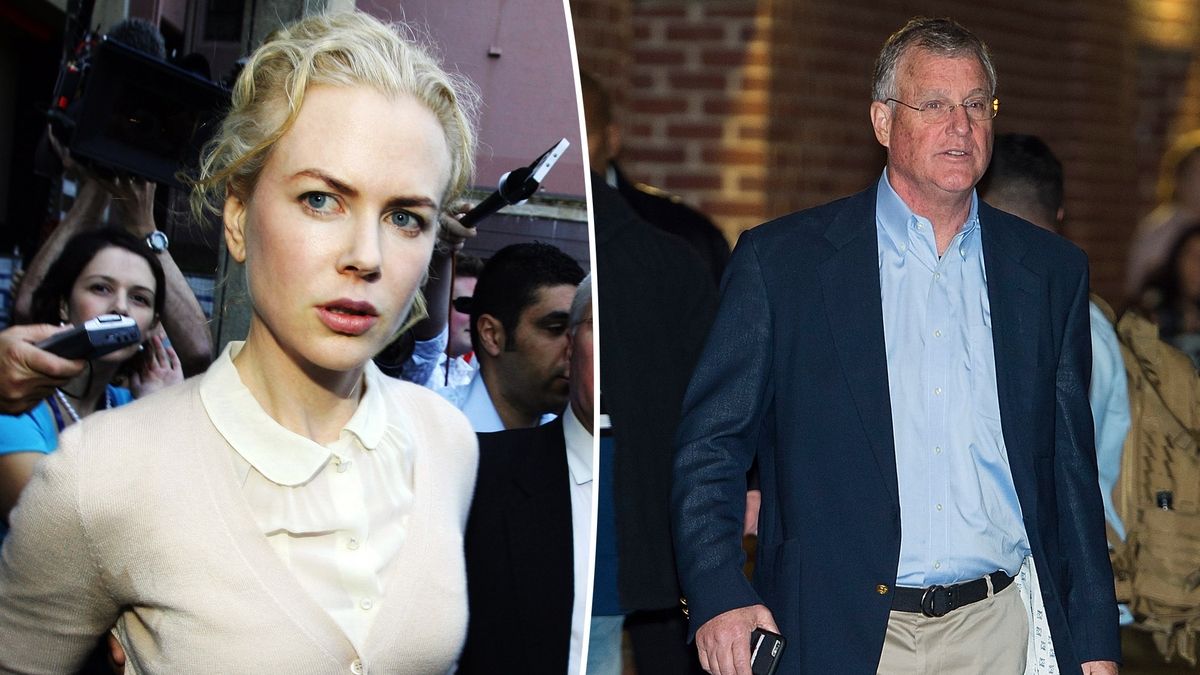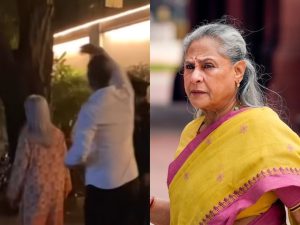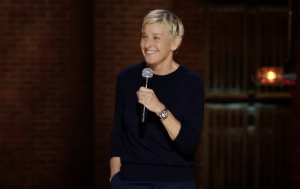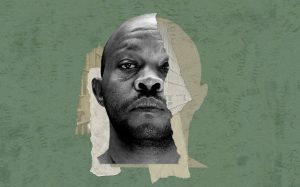
In a landmark case that underscored the tension between celebrity privacy and paparazzi persistence, Nicole Kidman secured a restraining order against photographers Ben McDonald and Jamie Fawcett in January 2005. This legal victory came after a listening device was ominously found on her Sydney property, igniting a fervent discussion on the lengths to which paparazzi will go to capture their subjects and the ensuing implications for public figure safety.
Privacy Invasion: A Troubling Discovery
Kidman’s ordeal began when she discovered an electronic listening device planted outside her home, a stark violation of her privacy that led her to fear for her safety. The subsequent legal battle highlighted the invasive tactics employed by some members of the paparazzi, with McDonald and Fawcett ordered to maintain a distance of at least 60 feet from Kidman and her residence. This incident not only spotlighted the dangers faced by celebrities in their own homes but also raised critical questions about the balance between public interest and individual privacy rights.
Legal Battle and Public Perception
The courtroom victory for Kidman was seen as a significant stance against the overreach of paparazzi tactics. While the restraining order served as a direct response to the immediate threat posed by McDonald and Fawcett, it also symbolized a broader cultural and legal acknowledgment of the need to protect individuals from undue harassment and surveillance. However, the case resurfaced years later in a different context when McDonald alleged an assault by Taylor Swift’s father, Scott Swift, at a ferry wharf in Sydney, thus reigniting the debate over the interaction between celebrities and photographers.
Implications for Celebrity Privacy and Safety
This episode serves as a critical reflection point on the rights of public figures to live without fear of intrusion or harassment. Kidman’s pursuit of legal recourse underscores the potential for legal systems to offer protections against privacy invasions, setting a precedent for how similar cases might be handled in the future. Moreover, the incident invites a broader discourse on the ethics of paparazzi behavior and the responsibilities of media outlets in respecting personal boundaries.
The Kidman case remains a pivotal moment in the ongoing dialogue about celebrity privacy, paparazzi conduct, and the legal frameworks that seek to balance these competing interests. As society continues to grapple with these issues, the lessons learned from Kidman’s experience will undoubtedly influence public and legal standards for years to come, prompting a reevaluation of how privacy and public interest coexist in the modern world.







